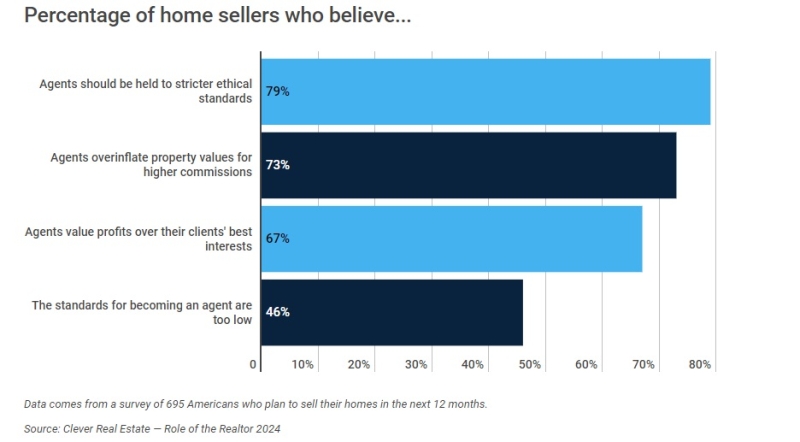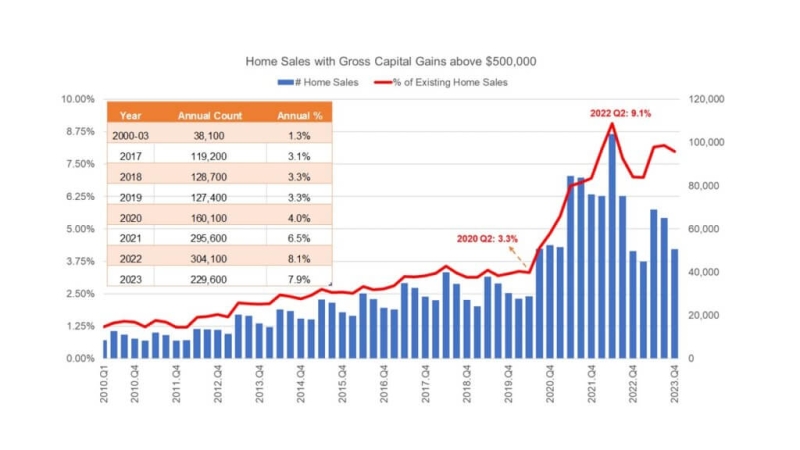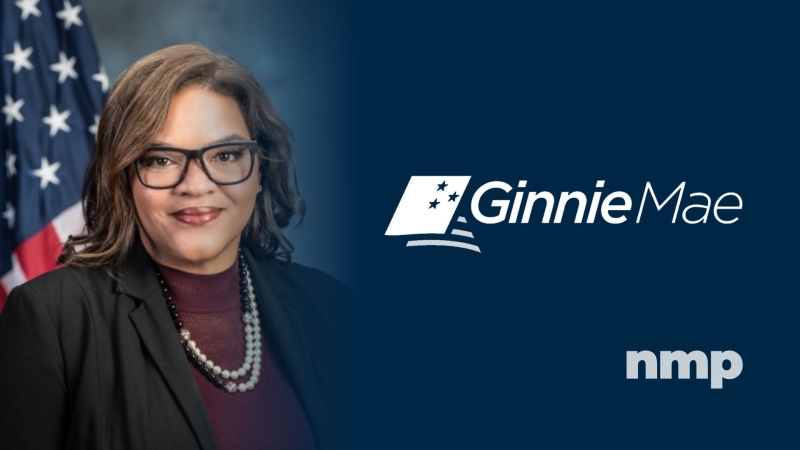TRID Disclosure Delivery

Question: We are currently establishing system protocols for recording confirmation of receipt of disclosure delivery when not provided in person. We are concerned about receiving actual confirmation of receipt of disclosures from the borrower more than 3 days after they are placed in the mail. Are we still able to rely on the “mailbox” rule and delivery 3 days after being placed in the mail or do we need to work off the date the consumer provides an actual, albeit unsolicited confirmation?
Answer: TRID relies on the mailbox rule for purposes of determining when disclosures delivered by mail or electronically are considered received by the consumer. Disclosures placed in the mail or delivered electronically are considered received 3 business days after delivery.
The Commentary to section 12 CFR 1026.19(1)(iv) regarding mail delivery provides that if any disclosures required under § 1026.19(e)(1)(i) are not provided to the consumer in person, the consumer is considered to have received the disclosures three business days after they are delivered or placed in the mail. The creditor may, alternatively, rely on evidence that the consumer received the disclosures earlier than three business days. For example, if the creditor sends the disclosures via overnight mail and the consumer signs for receipt of the overnight delivery, the creditor could demonstrate that the disclosures were received on the day of signature. Additional commentary addresses electronic delivery and is similar to the above Comment.
The Commentary suggests the mailbox rule would supersede confirmations received more than 3 business days after disclosures were mailed or delivered electronically. It is important to ensure that your policies and procedures state whether you employ the mailbox rule or actual consumer confirmation as your method for determining when disclosures are received by the consumer. Also, make sure your system of record accurately reflects the date disclosures are placed in the mail or delivered electronically. And if for some reason you also retain consumer confirmations received after the mailbox rule expiration period, document for purposes of disclosure timing that you relied on the mailbox rule and not the date of the confirmation.
Michael Goldhirsh is executive director for Vendors Compliance Group, and director of legal and regulatory compliance for Lenders Compliance Group.





